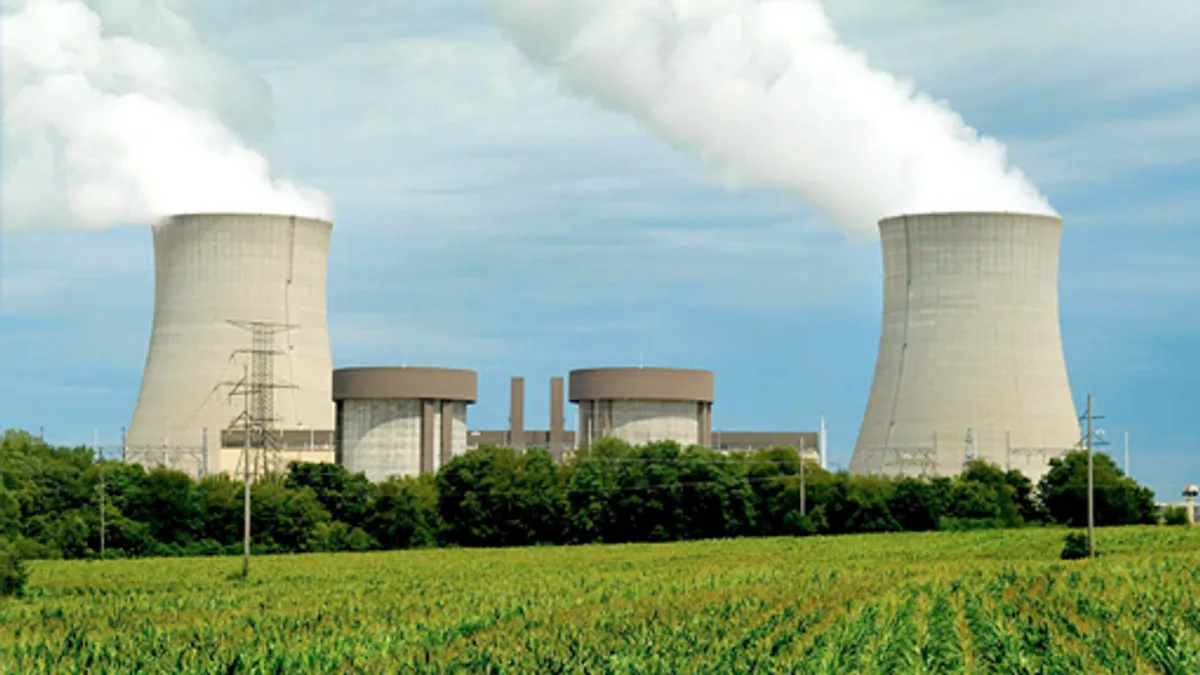Dive Brief:
- The just-announced Environmental Protection Agency emissions regulations will buoy U.S. nuclear facilities struggling to stay competitive against low cost natural gas and renewables, according to EPA head Gina McCarthy.
- The proposed emissions regulations are aimed at cutting U.S. CO2 emissions 30% below 2005 levels by 2030 but leave it to each state to choose among any or all of four means to get emissions reductions, (1) closing coal plants, (2) building new gas plants, (3) building nuclear and renewables, and/or (4) adding demand-side efficiency.
- McCarthy’s remarks at a public briefing on the emissions regulations in Chicago were interpreted as nuclear power advocacy and received favorably in the home state of Exelon, one of the biggest U.S. nuclear facility owners.
Dive Insight:
Competition with natural gas and wind has been so difficult for Exelon in Illinois that it asked the federal government for relief. Exelon’s competitive disadvantage also caused it to oppose the extension of wind’s vital production tax credit which, Exelon argues, leads to negative pricing in electricity markets, a charge which wind industry advocates vigorously dispute.
Some argue that President Obama’s ties to Illinois incline him to be sympathetic to Exelon and to nuclear power. McCarthy’s remarks placed her in opposition to Germany’s aggressive anti-nuclear power commitment made in the wake of the meltdown at Japan’s Fukushima nuclear facility that followed the March 2011 earthquake and tsunami.














